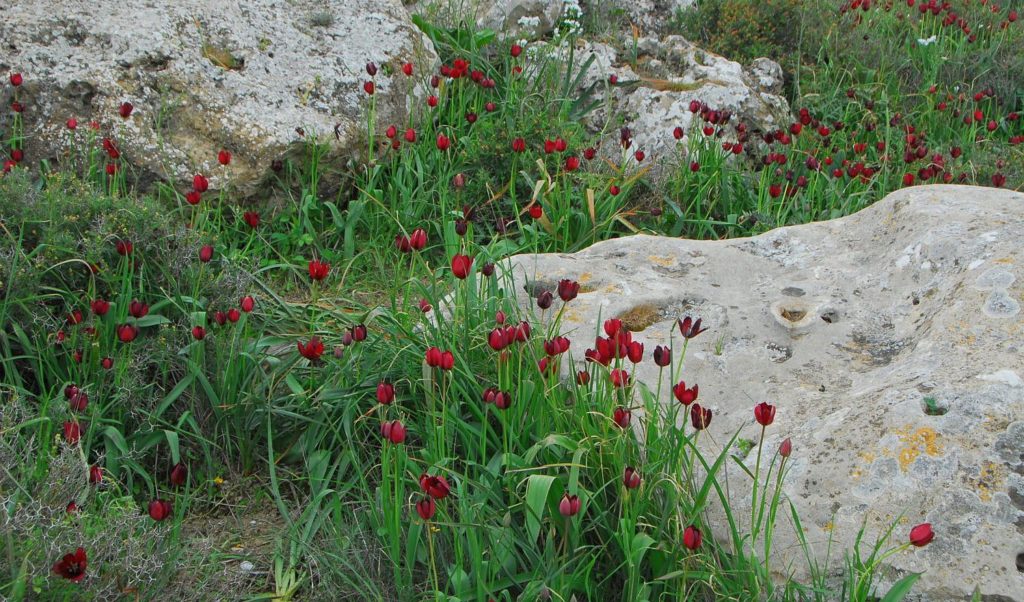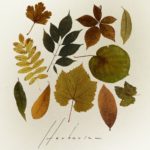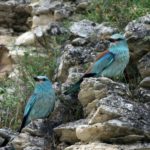North Cyprus has a huge variety of stunning flora, much of which you can see in any garden or field. North Cyprus is also home to many species of orchids, with visitors and eager botanists coming from far and wide to find them on the hillsides and mountains in the spring.
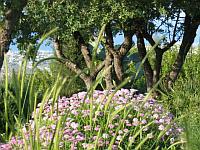
Springtime, or anytime after February, is special in North Cyprus with many plants and trees bursting into bloom, and you can often walk through carpets of anemones, rock roses and other colourful flowers such as iris and narcissi. North Cyprus is also well known for its tulips, and a Tulip Festival is held yearly in Tepebaşı which is a village located between Kyrenia and Güzelyurt on the north west of the island.
Olive trees are another feature of North Cyprus, and olive oil was once a major export, but due to trade embargoes and development, tracts of land previously home to these monumental giants of trees have been sold on and felling has occurred – even though the destruction of these ancient trees is completely illegal. However, some olive harvesting does still occur amongst the Turkish Cypriot population, and in the autumn  you will often see families out on their land, shaking the olives from the trees! From there the olives are generally pressed for their oil.
you will often see families out on their land, shaking the olives from the trees! From there the olives are generally pressed for their oil.
North Cyprus is home to around 30 different kinds orchids, all of which are protected species, with the Ophrys Kotscdhyi variety only growing in Cyprus, and you can join walking tours specifically tailored for those who wish to see some of the varieties growing on the island. Mixed in with the orchids you will see brilliant splashes of colour after the rainy season, with poppies and cyclamen mixed with crocus and cyntius.
There are also a wide variety of trees found in North Cyprus, such as the jacaranda with its beautifully coloured bark, the wonderfully scented frangipani and jasmine, the purple flowering Judas tree, delicate pepper trees, and the staples of almond and carob trees which litter the gardens of many who live here. Fig and mulberry trees are also common, and are a treat for those who see their fruits as an expensive commodity in their home countries.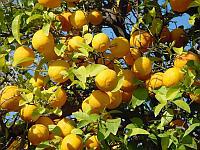
Citrus trees are also an important feature in some areas such as Güzelyurt, and around November time you will regularly see orange, lemon and grapefruit trees bursting with fruit. There are three types of oranges grown in North Cyprus, and each has a specific purpose. There is not much demand for fruit exports since trade embargoes make it difficult though, and the citrus trade is not what it once was, but many people still have them growing in their gardens. Pomegranates are also grown, although not in great numbers, but again these are something that visitors can enjoy at less expensive prices than in their native countries.
If you’re planning to visit North Cyprus and a big part of your trip is aimed at incorporating looking at the orchids and other wild flowers of the island, then the best time to visit is from February through to May. This is because once the sun starts to dry out the land, the colour fades for the long hot summer months, and the lush green land soon disappears and is given over to a dustier landscape.
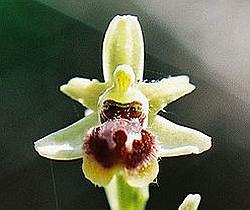 Another place to see fine specimens of flora at any time of year is at the Herbarium at the Alevkaya Forest Reserve station, this is located between Esentepe and Değirmenlik. It was opened in 1989 in conjunction with the work of botanist Dr. Deryck Viney and the Ministry of Agriculture and Forestry. The Herbarium now houses some 800 pressed examples, some very rare, of the flora found in North Cyprus.
Another place to see fine specimens of flora at any time of year is at the Herbarium at the Alevkaya Forest Reserve station, this is located between Esentepe and Değirmenlik. It was opened in 1989 in conjunction with the work of botanist Dr. Deryck Viney and the Ministry of Agriculture and Forestry. The Herbarium now houses some 800 pressed examples, some very rare, of the flora found in North Cyprus.
If you wish to find out more information on certain topics touched upon in this article, then please click on any of the links provided within it.

